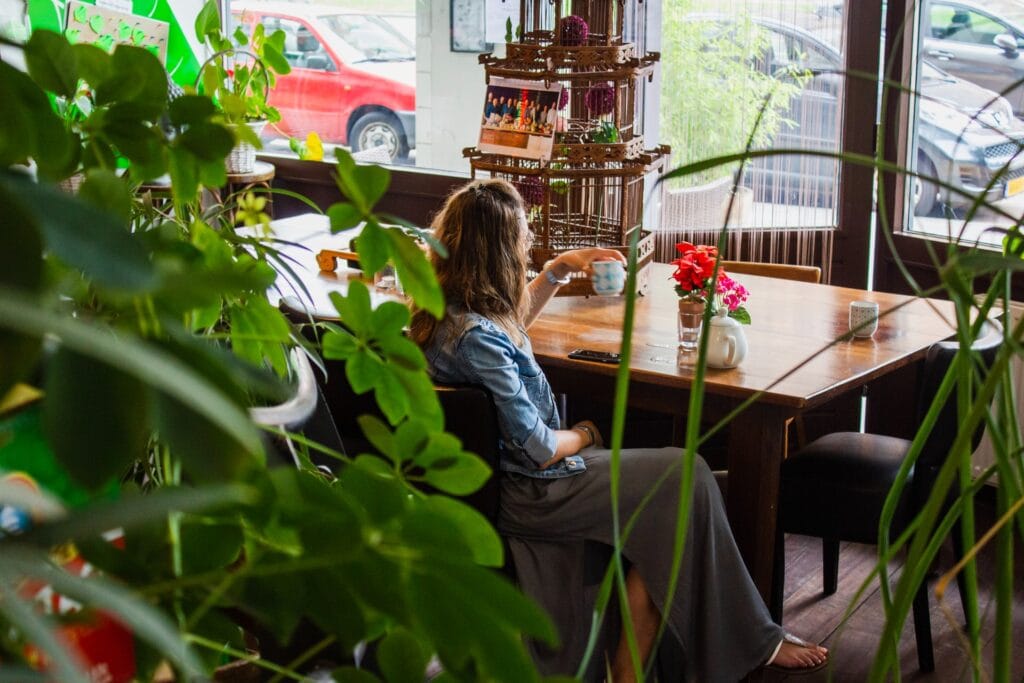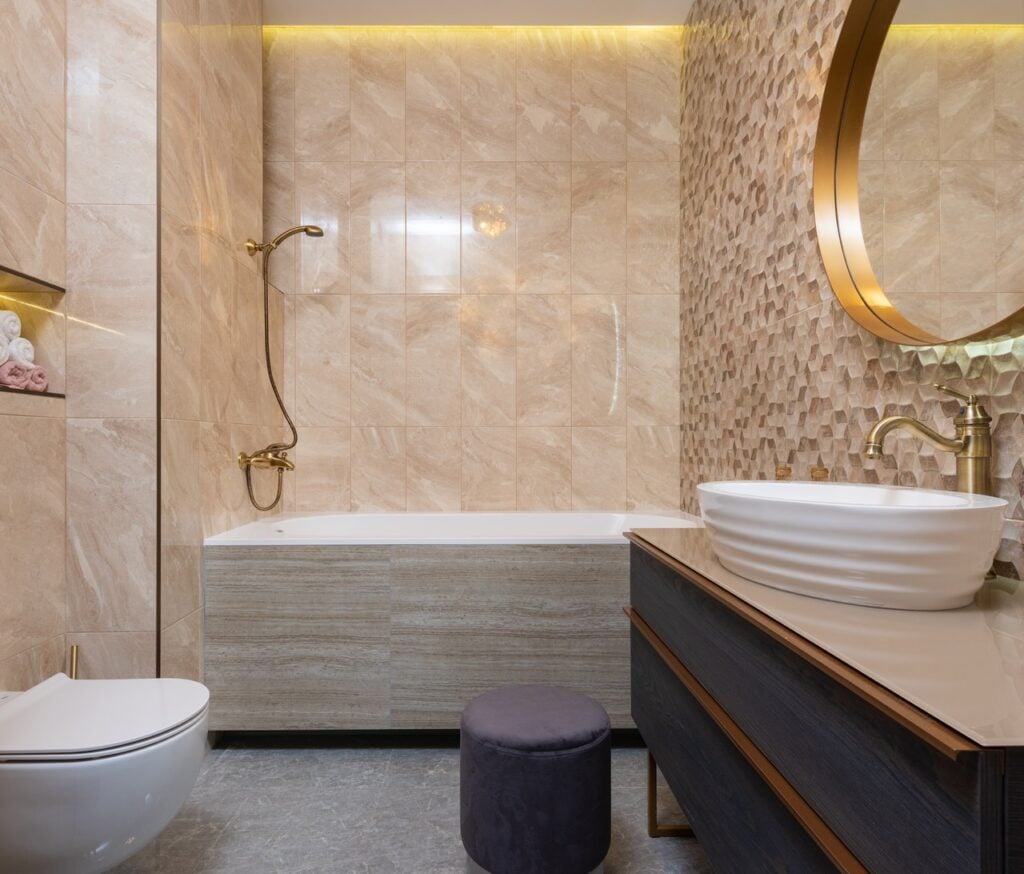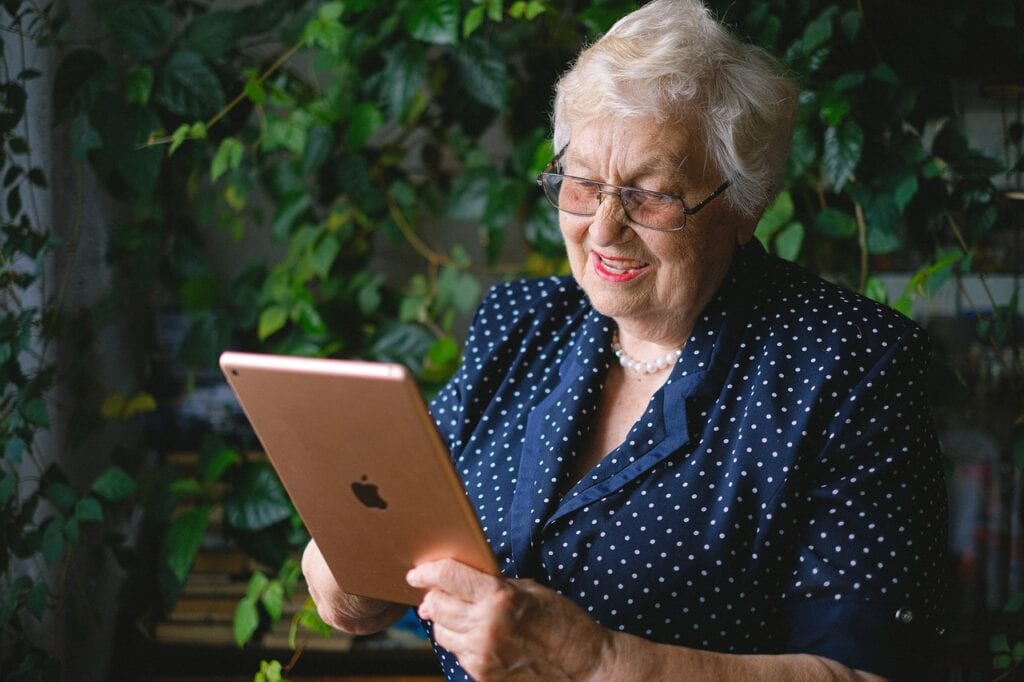Table of Contents
Phyllis and her immediate family are putting their money where their mouth is by strategizing how they may modify the living room, kitchen, bathroom, and outside areas of their aging relatives to ensure a safe environment and prevent falling in the process.
Phyllis' mother-in-law has been one of the fortunate people that has been able to live, love and raise her children in the same house she has called home for the past 60 years of her life. Her home has been her haven for the major part of her life, knowing every nook and cranny of her house. As an aging parent, it makes her shudder to think of being anywhere else but right here as an 80-year-old widowed person. This is where she has been for the most memorable part of her life, and this is where she would like to remain. This is a good example of the age in place definition.

Being respectful of her wishes and realizing her elderly parents are fortunate enough not to require constant assistance or specialized aid, Phyllis needs help planning ahead as to the concept and creation of age in place design for her aging parents. There is so much to consider and it can seem overwhelming, but if you take it room by room, you can make small improvements that can begin to help immediately.
Not all items need to be perfect initially, but any improvements will make the home safer. This is making our aging parents' existing home as friendly for aging in place as possible. There are numerous challenges your parent will face when aging in place.
Being aware that we will not be around our aging parents 24/7 due to our own schedule as busy parents, we will want to ensure that our aging parents have all the necessary conveniences within easy reach and at their disposal.
As a young couple building or purchasing their family home, our parents were unlikely to give much thought to future need to age in place. Also many of the "must haves" in a home when you are raising children are very different than the things which become increasingly important with age.
Some homes are more age in place friendly and require minimal renovation to make them ideal for our loved ones safety and function. Other homes will require extensive renovations to improve the flow and space for aging in place.
Advances in medicine and better health care are extending the lives of our elderly loved ones. According to US census, senior citizens are making up the country's fastest-growing population. Senior citizen population growth is 15.1% vs. 9.7% for the US population as a whole.
This is increasing the need and importance for age in place design.
Renovating with aging in place in mind starts at the entrance to the home. A covered, step free entrance is ideal and can often be achieved with an ADA compliant ramp. If this is not an option, 2 sturdy rails that can be reached at the same time is the next best solution. Often one will enter the kitchen from the carport or garage.
The kitchen can be one of the most dangerous places in the home as two-thirds of fires tend to start here, with the most common injuries being burns, fires, and lacerations.
Enough lighting is especially important here.
You will want to round those pointed edges around the kitchen and choose to install more pull out drawers over cabinet doors. The door handles need to be easy to grip as many elderly people suffer from joint pain in their hands. Five more areas you will want to take into consideration:
Once out of the kitchen, falling is the most likely cause of injury around the house.
Fall prevention is a key aspect of keeping mom safe at home. The most dangerous room in the house when it comes to fall related injuries is the bathroom. There are many sharp corners and hard surfaces increasing the danger of a slip. Add in the fact that there could be water on the floor and someone urgently needing to get to the restroom and the potential for disaster is high.
About one-third of elderly people living at home fall at least once a year and have become the leading cause of accidental death. Anything that can be done to reduce this risk is money or time well spent.

The bathroom is a part of the house that an elderly person regularly visits. As a result a lot of thought needs to go into designing this small but important room. A wide bathroom door is once again recommended. About 28 inches will allow a wheelchair to pass through. Anything more narrow than 24 inches is not safe when a walker or rollator is required as an assistive device.
Hand rails should be incorporated into strategic places. One area where a rail is an absolute must is next to the toilet. An elevated toilet seat will also reduce the difficulty of sitting on and standing from the commode.
A tub/shower combo that requires your loved one to step over the walls of the tub can be quite dangerous. Soapy water or wet floors inside and outside the tub can lead to significant injury. If this is style of the current setup, consider replacing with a low threshold shower, or a walk in tub. If these options are not in the budget, handrails need to be added that can be reached when stepping into and out of the tub/shower combo.
This becomes an even more dangerous area for a frail person that may suffer from chronic conditions such as low blood pressure in the elderly that leads to dizziness or heart disease, poor vision and muscle weakness.
The shower needs to have a sitting area installed in it so that the elderly can easily lift their feet to wash and do the soaping of the head and body in a sitting position to avoid dizziness. If one is not built into the shower or tub, a shower chair or tub transfer bench can be purchased and easily installed for safety. We would recommend a handheld shower head as an age in place bathroom design feature. A sturdy grab rail should be incorporated for rising to their feet. If the floor hasn't got a slip-free surface, you will need to purchase a slip-free shower mat.
Loose rugs in the living room and around the house to be removed. If this is not feasible they need to be securely tacked to the floor. Any rug can become a tripping hazard, but if they are not secured to the floor, the danger is much higher.
After years spent in your family home, it is easy to understand how furniture and other items collect until there is almost no room for walking. This is a fire hazard as well as a tripping risk. Decluttering is a daunting task and one your loved one is likely to resist. Starting small with opening up walkways and removing some unimportant, non essential items is a good way to begin.
If vision is limited or getting worse, consider replacing TV remote controls with large numbers and lettering. Be sure to keep the remotes within easy reach as well. The chair that is most often sat in can make maneuvering easier or require excess energy to stand from. It is important to have a chair in the 16" to 22" height range to allow for moderate ease of standing.
Avoid providing a lift chair with relatively healthy and active parents as reliance on the chair to stand them up will make their large muscles of the legs weaker in time. This will lead to significantly increased difficulty with getting up from a standard chair or in and out of a vehicle. A lift chair can be highly effective for our frail and elderly loved ones who are no longer able to stand from a standard chair.
Improving visibility will also make the home safer and reduce risk of falls and injury. Along with a yearly eye exam, increasing the wattage of overhead lights and adding functional night lights is high traffic areas will improve visibility.
Be sure that there are no cords or wiring crossing walkways. Use power strips when necessary to keep cords well hidden and out of the way. Remove and donate older electronics that are no longer utilized to reduce the amount of cords in the home.
The bedroom is likely the last place you move through at night and the first place in the morning. This means you may be exhausted or not yet awaken when moving through here. Make sure lamp cords and phone chargers are not in danger of being tripped over.
The height of the bed should also be in the 16" to 22" range to allow safely getting in and out. Avoid very tall beds that require "hopping up" or a step stool to access as both they present opportunities for injury.
The color of the bedroom needs to be carefully selected as colors and moods are closely linked, and you will want to create a relaxing atmosphere. Sufficient lighting and a well-secured bed lamp are also important here.

Modern technology with its fast-paced advances might be the one thing that intimidates our aging parents the most. Still, we will want to explore how this can actually make their age in place experience safer with increased independence.
Age in place technology analyst Laurie Orlov says low-cost technological equipment industry for the elderly is expected to rise by $30 billion in 2021.
As children, we will want to patiently explain to our aged parents the value of making an effort to get used to modern technology. Start slow and help them work through the challenges and resistance. Set realistic expectations for the learning process as unmet expectations leads to frustration and then resistance.
The outbreak of the coronavirus pandemic has shown our aging parents the advantages of being tech-savvy as social distancing requires us to communicate with each other in different ways. Many of our aging parents can benefit from the increased virtual access to their friends and family.
Unlike the telephone that our aging parents have grown up with, they have now got the added advantage of video chat, seeing them live on skype or zoom, which makes it worth their effort to learn. The birth of a grandchild, photos of special events, christenings and birthdays, can immediately be sent to parents via social media.
As modern medicine extends the lifespan of our aging parents, we have to be aware of making their aging in place a pleasant experience by helping them redesign their living space to suit a new phase in their lives. Slips and trips are regarded as the leading causes of injuries or worse in elderly people as they become frail, and so we need to help create a hazard-free and spacious environment for them to thrive. Modern technology to reduce caregiver stress and worry can improve day to day lives of our loved ones if they are willing and able to give it a chance.
That's all for today.
Take care, keep mom safe and have a great day!
Winn